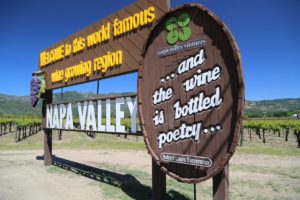
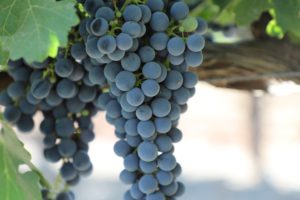
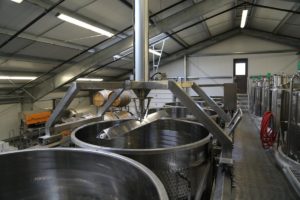 World’s End Wine. Founder Jonathan Maltus was born in Lagos Nigeria, and educated in England but spent much of his formative years on the road in various countries. He began a petrochemical company at age 21 working with a variety of products including gas, electricity and pharmaceuticals and at one point operating five companies in five different countries. He sold his company at age 36 and moved to Cahors in southern France and began to learn winemaking from one of his neighbors.
World’s End Wine. Founder Jonathan Maltus was born in Lagos Nigeria, and educated in England but spent much of his formative years on the road in various countries. He began a petrochemical company at age 21 working with a variety of products including gas, electricity and pharmaceuticals and at one point operating five companies in five different countries. He sold his company at age 36 and moved to Cahors in southern France and began to learn winemaking from one of his neighbors.
While at a dinner party he met an English winemaker who complained to him that he was unable to sell his wine. Jonathan offered to talk to a retailer in the UK – and did so, this retailer ended up purchasing half of the wines available.
World’s End, Napa Valley
With such an international background it only makes sense Jonathan’s wine ventures would span the globe. In 2002 he purchased three separate blocks in both the Barossa and Eden Valleys; grapes from one of the vineyard sites was used at one point in Penfold’s iconic Grange program. These vineyards were the founding of The Colonial Estate wines, which Jonathan operated until he sold in 2009.
He had already set his sights on Napa Valley, initially looking at purchasing property high on Spring Mountain in 2008. That fell through with the faltering economy but that same year he met grower Andy Beckstoffer – was able to quickly secure fruit sources and remarkably produced three wines, his inaugural vintage (Crossfire, Good Times Bad Times and Wavelength). No World End wines were produced in the challenging year of 2011 with its cool weather and moisture at inopportune times – also no wines were produced in 2012.
For several years the wines were made at Miocene Winery in American Canyon and then later at Miner Family Winery in Oakville. As of our latest update to this review, production has since been moved to Shadybrook Winery in Coombsville. Grapes are sourced from select premium vineyards in the valley including several Beckstoffer owned vineyards, among them, Georges III in Rutherford and To Kalon in Oakville. The focus of their production is on Cabernet Sauvignon – showcasing both vineyard sites and varieties.
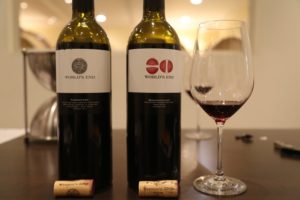 The name World’s End was chosen in homage to the district of Chelsea in London where Jonathan and Lyn lived for some time in an apartment. And Jonathan has named all his Napa Valley wines after prominent Rock & Roll songs that he enjoyed listening to in his youth from artists such as Jimi Hendrix, Bob Marley and Led Zeppelin among others.
The name World’s End was chosen in homage to the district of Chelsea in London where Jonathan and Lyn lived for some time in an apartment. And Jonathan has named all his Napa Valley wines after prominent Rock & Roll songs that he enjoyed listening to in his youth from artists such as Jimi Hendrix, Bob Marley and Led Zeppelin among others.
The 2014 World’s End Rocksteady, named after a type of music that originated in Jamaica in the mid 1960s, this wine is a unusual (for the Napa Valley), a proprietary red blend with 49% Merlot, 18% Syrah, 15% Petit Verdot, 13% Cabernet Franc and 5% Cabernet Sauvignon. The Merlot was sourced from a Beckstoffer owned Carneros vineyard. Immediately shows bright red fruit aromatics on the bouquet including red cherry, along with hints of mushroom, rosemary and sage and as the wine breathes further hints of dry earth and oak. Balanced with tannins that are long lasting and slightly chewy but not harsh. Lively acidity.
The 2014 World’s End Crossfire Cabernet Sauvignon was sourced from the George III Vineyard in Rutherford (nearby neighbor is Caymus Vineyard). This wine is 100% varietal. Shows a diversity of fruit aromatics on the bouquet including blackberry, boysenberry with tinges of raspberry and hints of white pepper and as the wine opens further, a sweetness of mocha, toasted oak and vanilla. Well-defined yet well-integrated tannins linger softly along with darker cherry, plum and a hint of black licorice.
Total production of the World’s End wines varies each year but is typically around 4,000 cases.
Select vintages and wines can often be found at Total Wine & More. World’s End wines are very selectively available for tastings in Napa Valley by appointment. For more information, visit: www.worldsendnapa.com
Château Teyssier, Bordeaux France
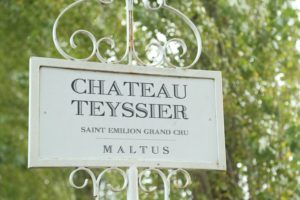
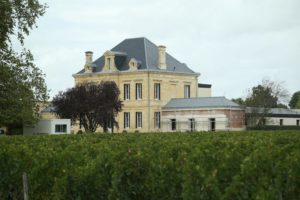 Triggering an interest in pursuing winemaking, Jonathan and his wife Lyn purchased Château Teyssier (5 hectares) in Vignonet, Bordeaux in 1994 (a commune located about a 15-minute drive south of the town of Saint-Émilion). The property was originally a farm, grapes were planted on site in the early 1870s by a previous owner – who also built the prominent chateau.
Triggering an interest in pursuing winemaking, Jonathan and his wife Lyn purchased Château Teyssier (5 hectares) in Vignonet, Bordeaux in 1994 (a commune located about a 15-minute drive south of the town of Saint-Émilion). The property was originally a farm, grapes were planted on site in the early 1870s by a previous owner – who also built the prominent chateau.
Their vineyard holdings have expanded significantly since this initial purchase – today they own around 60 hectares spread over several vineyard sites, all in Bordeaux. Jonathan also modernized the existing winery and built a second winery. Their first vintage was from 1994; today the winery produces seven single vineyard and blended wines from the various properties they own – 6 reds and one white.
During a recent visit to Château Teyssier we tried several 2018 barrel samples of at the time, soon to be bottled wines. 2018 featured a cold and wet winter with late bud break and rain well into May. Summer was very dry – the grapes harvested had a fairly high skin to juice ratio.
Le Dôme is the wine that introduced Château Teyssier and Maltus to the world of fine wine consumers – their first vintage was in 1996 and Robert Parker awarded their 2010 vintage a perfect 100-point score. People begin to take notice when Parker awards 100-point scores to smaller producers. This wine is a Cabernet Franc dominated blend with Merlot. The vineyard source is slightly larger than 3 hectares, slightly west of Saint-Émilion. This wine is always dominated by Cabernet Franc as 70% of the vineyard is planted to this variety with the remainder being old-vine Merlot (dating from the 1950s).
The 2018 Le Dôme (80% Cabernet Franc and 20% Merlot) is dark red in the glass; the wine offers an intriguing bouquet with notes of dry dust, hints of oregano and thyme. Somewhat briary on the nose. Well layered with beautiful depth, shows flavors of plum and blackberry anchored by gravelly tannins. A dark earth, tobacco and darker spice note lingers on the finish. A savory showing that should age very well for years to come. While only a barrel sample, it is obvious this wine has all the hallmarks to be a beautiful, finished wine once in bottle. We later tried this same vintage several years after being in the bottle (see our notes below).
The 2018 Château Teyssier is 70% Merlot with 30% Cabernet Franc. This wine was aged in 20% new French oak and the remainder once used. It is their largest production wine. Pretty aromatics include blackberry, hints of menthol, a sweetness of fruit and subtle notes of vanilla and cinnamon. Lively, bright fruit shows across the palate with flavors of cranberry and red cherry. Balanced right out of the gate, this wine is anchored by lively acidity – mouthwatering especially on the finish.
Chateau Tessier
Visitors to Bordeaux can schedule a visit and tasting at Château Teyssier (visits include a short tour and either a tasting of 2 or 7 wines). For more information, visit: https://teyssier.fr
Le Dôme, Bordeaux
An outlier in chateau dominated Bordeaux, Le Dôme is different, both in terms of its name and its visual appeal. Maltus purchased this property in 1996 (also the first vintage of Le Dome) but the winery itself was not completed until 2021. While Maltus is still the face of the winery, Le Dôme is currently majority owned by Czech Republic-based J&T Finance Group. In 2008 Maltus purchased a second property which now houses Le Dôme for a total of 10 hectares. Conceived by Maltus and designed by Norman Foster of Foster + Partners, the 1600 square meter Le Dome looks like it has always been a part of Saint-Émilion, yet it looks so different from all of its historical neighboring chateaus. The name appropriately describes its shape; its perfectly rounded with the interior a double helix serving as a cozy yet spacious home for both winemaking, hospitality and offices.
Foster + Partners has worked on a number of prominent buildings intentionally including the ‘Gherkin’ in London, the Apple headquarters in Cupertino, CA and the Nouveau Chai at Chateau Margaux (that building opened in 2015).
Chateau Margaux
The 12 tanks are double walled for heating and cooling and are available in four different sizes with each tank typically corresponding to a single block within the vineyard. The tanks were designed and built by nearby Le Jeune, producers of premium wine tanks also used by select wineries in Napa Valley including Dalla Valle and Bergman Estate, among others. All of the tanks have lights inside; good lighting is always a pet peeve of ours in regard to winemaking whether its in a cave or for other parts of a winery. And each tank has a dedicated centrifugal pump meaning there is no negative pressure when they are in use. And pump overs can be programmed as needed, i.e. more in the beginning and less as fermentation progresses.
Part of Le Dôme is partially built into the ground to maximize natural cooling. The 40 meter diameter building captures natural light from a large skylight located in the middle of the dome. The roof is covered with terra cotta tiles.
The wines are aged in barrel on OXO rollers for 10 to 20 months before being blended and fined. Sometimes no fining occurs depending on the vintage or very lightly fined using egg whites. All wines are bottled on site using a mobile bottling truck. A small amount of wine was produced at the winery in 2020, but the first full harvest processed at Le Dôme was in 2021.
Tastings are hosted upstairs either at several tables or at a curved bar which follows the outline of one of the ramps leading down to production. Guests will try current releases of both Vieux Chateau Mazerat and Le Dôme. And be sure to sign the guestbook before leaving; we noticed two other Napa Valley vintners had already left their mark before the time of our visiting, including Scott Palazzo of Palazzo Wine a few hours before we arrived and Dirk Fulton, Becky Kukkola and their daughter, owners of The Vineyardist.
Le Dôme works with selected artists and shows some of their works at the winery.
Select wines
The 2018 Vieux Château Mazerat, Saint-Émilion Grand Cru is always dominated by Merlot; this vintage the blend is 65% Merlot and 35% Cabernet Franc. This wine is deep ruby in color with purple hues in the glass; the aromas are generous and immediately open, focusing on its fruit core of plum and cherry along with some savory spices including white pepper, dried herbs and old cedar box. Also present are scents of damp earth/forest floor and sweaty saddle leather. Some of these darker characters are also present on the palate. This bottling offers flavors of red cherry, currant, plum and cranberry. The finish continues red-fruited with a note of crushed pink peppercorn. The tannins sport a light gravelly and rounded texture supporting a lengthy finish. This is a very balanced showing. This wine was fermented in oak vats with secondary fermentation occurring in 80% new French oak barrels.
The 2018 Le Dôme, Saint-Émilion Grand Cru is always Cabernet Franc dominated with this vintage a blend of 80% Cabernet Franc and 20% Merlot. This wine is deep ruby; its aromatics are attractive with raspberry, flirting with a note of raspberry jam as the dominant scents but also with notes of cherry, currant, cranberry and red licorice. As the wine opens it reveals a light layers wintergreen and Asian 5-star spices. The palate is superbly balanced with layers of flavor including of red cherry, blueberry and plum. The mouth-watering finish is savory persisting with white pepper and a note of tobacco supported by lightly gravelly/grainy tannins. Both the fruit and the tannins persist for some time. Very age worthy with the proper cellaring. Production varies each year of this wine but is usually produced in quantities of around 2,500 cases. This vintage was aged 80% in new French oak barrels.
For more information, visit: https://ledome-saintemilion.com






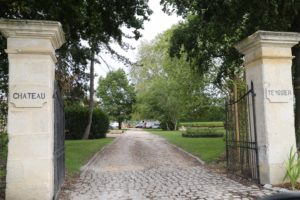
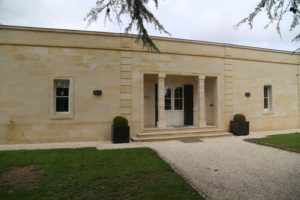
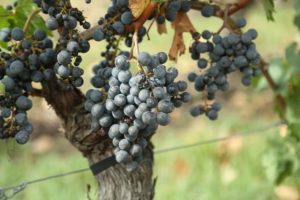
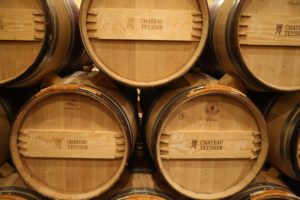
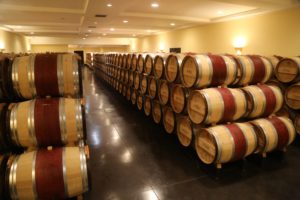
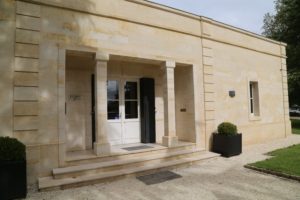
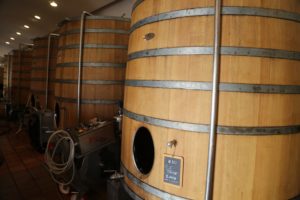
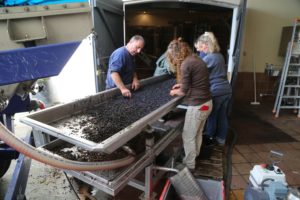
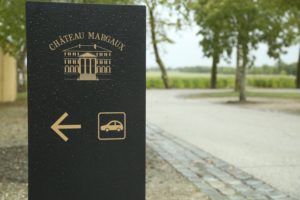
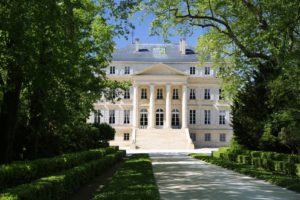
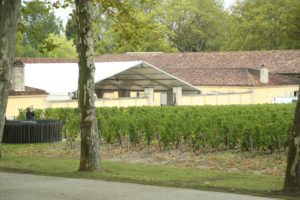
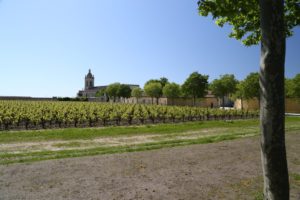
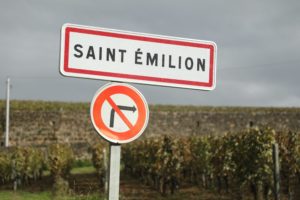
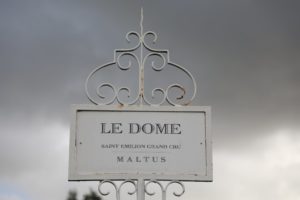
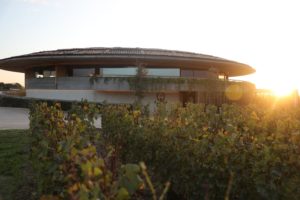
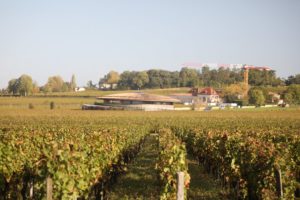
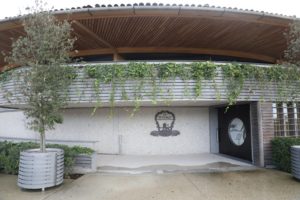
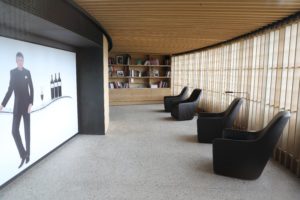
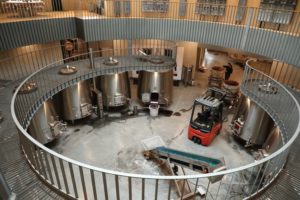
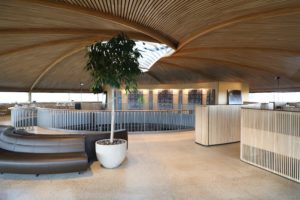
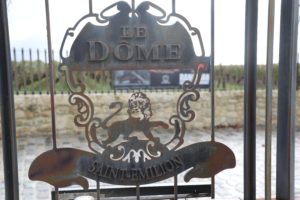
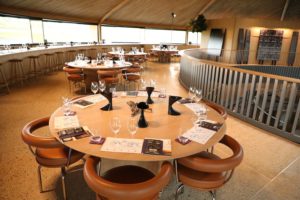
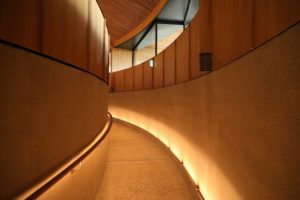
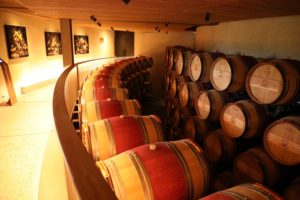
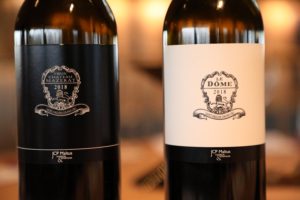
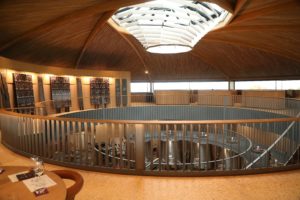
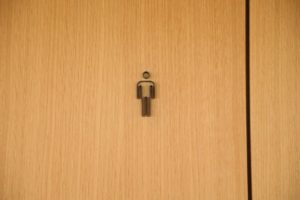
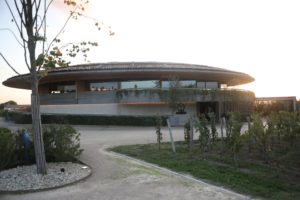
Leave a Reply